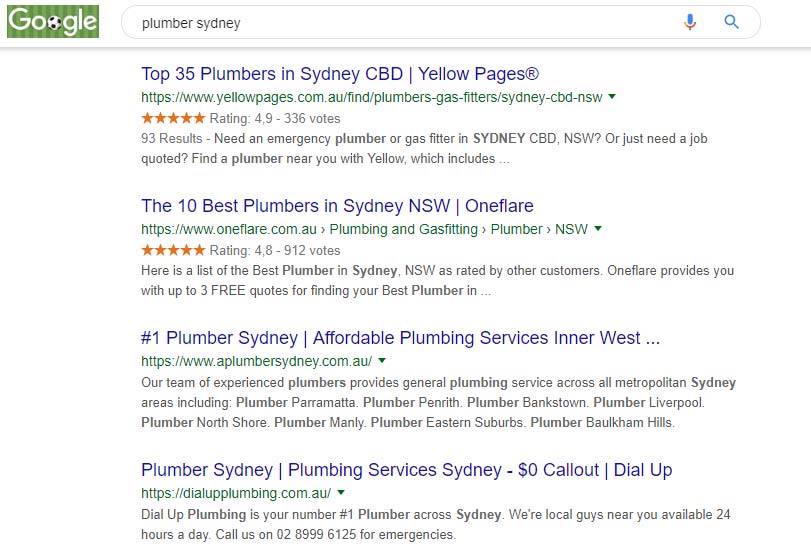With the goal of increasing diversity in top search results, Google announced 6 June that they’re ‘now launching’ a search change that’s “designed to provide more site diversity in our results”.
What’s changed?
Soon you should start to see no more than two results from the same domain in top results for any given search, whereas before, you’d be likely to see certain popular domains ranking in multiple top positions on the same query results page.

The call for diversity, they claim, is a direct response to user feedback. They do state that they’ll make an exception to the rule, however, “in cases where our systems determine it’s especially relevant to do so for a particular search”.
What do users say so far?
The twitterverse has shared some personal cases. One user shows a search for ‘nail salons near me’, where Yelp dominates the top 4 positions. Google’s Search Liaison, Danny Sullivan, replied, saying “It’s not going to be perfect”, and “they’ll keep working to improve it”, and made some redundant suggestions for alternate searches.
Why should you care?
Those whose domains dominate certain search queries will be affected, and can probably test this by monitoring traffic across given queries before and after launch. Note that your ranking position report alone will not reveal if you’ve lost multiple positions below your first, so you should isolate a query in an organic traffic report, and look at traffic levels. You could also look for pages that have dipped in organic traffic before & after launch. These could reveal queries where you once enjoyed the majority of real estate.
The most exciting news is for those who have pages that rank near the top of results, perhaps on page 1, or page 2, where previously dominant domains have lost positions. This can be the difference between getting some, and lots of organic traffic from a given term.
If it’s a high-intent query, then you’re looking at some meaningful gain in terms of conversions. You can gather some insight here by looking at rankings that have been dangling around page 1 and 2, and watch if any move up to higher positions from this rollout onward. Look at activity for your pages within the first two pages to see if you have or haven’t seen improvement.
If you have moved up a rung or two on the ladder, and only need a rung or two more to begin drawing meaningful traffic from a search page, then this is where you can aim your optimisation efforts for some low hanging fruit pickings.
Tags: google search, SEO
Stay In The Know
Cut the clutter and stay on top of important news like this. We handpick the single most noteworthy news of the week and send it directly to subscribers. Join the club to stay in the know…


